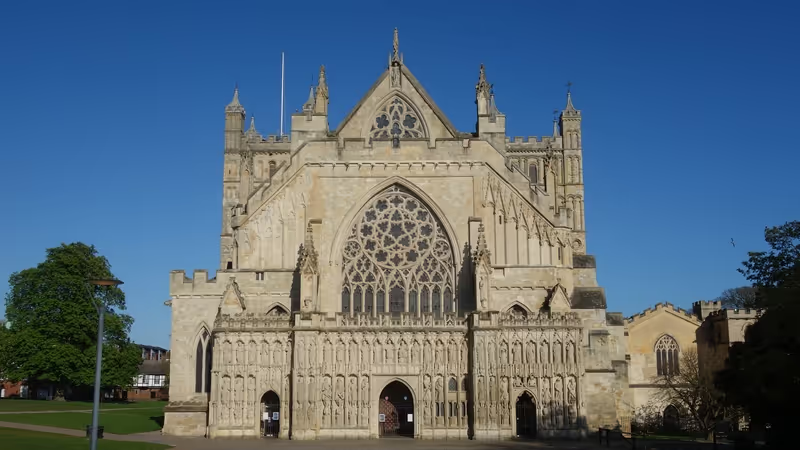New Office of National Statistics (ONS) research has found that Exeter has nearly 3,100 vacant and empty second homes, 5.6% of the city’s stock of 55,600 houses and far more than previously thought.
A city council analysis based on council tax exemptions found only just over 300 empty homes in the city when it proposed additional council tax charges for underused housing stock in February.
The ONS research, published last month, combined 2021 census data with NHS, DVLA, Department for Education and other datasets and field visits to derive its findings.
It also found that the South West has the highest proportion of empty second homes in England and Wales and the highest proportion of unoccupied dwellings in use as second homes.
More than 150,000 homes across the region are entirely unoccupied and another 33,000 are second homes that have no usual residents.
The Isles of Scilly has the highest proportion of empty second homes in the country while South Hams has the same proportion as the London Borough of Kensington & Chelsea.
Across England there were more than 1.5 million unoccupied dwellings on census day in March 2021 of which nearly 90% were truly vacant and just over 10% were empty second homes.
 Exeter housing
Exeter housing
Vacant dwellings are houses or flats that have no usual residents and are not used as a second home or by visitors.
Empty second homes are dwellings that are occasionally inhabited by short-term residents but are usually not occupied.
Neither category accounts for dwellings that have no usual residents because they are used as second homes for more than 30 days each year. There are an additional 1.625 million of these in England alone.
Nearly 200,000 of these are in the South West including more than 4,000 in Exeter. Some are used by the armed forces, but many more are in use by students and tourists.
The South West also has the highest concentration of holiday homes in the country.
 Rough sleeper sheltering at Exeter Guildhall
Rough sleeper sheltering at Exeter Guildhall
The Department of Levelling Up, Housing and Communities has also just found that nearly 28,000 households across the South West experienced statutory homelessness in 2022-23 of which more than 1,100 were in Exeter.
These numbers have been increasing in recent years despite the efforts of local and regional charities and other homelessness prevention and support service providers.
The principal causes of homelessness for these households is the end of private sector tenancies, many of which are the result of “no fault” evictions, and no longer being able to stay with friends or family, a situation often described as “sofa surfing”.
Both are increasing as causes of homelessness across the region, as is domestic abuse, which also figures prominently. More than 18,000 households experienced statutory homelessness across the South West for these reasons alone last year.
Rough sleeping has also been rising in Exeter and across the South West since the government’s “Everyone In” initiative moved thousands of rough sleepers into hostels and hotel rooms at the height of the pandemic.
Nearly nine times more people were helped under the scheme than the government’s official measure of rough sleepers, which is derived from a “snapshot” count of rough sleepers on a single night between 1 October and 30 November each year.
The number of rough sleepers in Exeter has doubled in the past two years: they now make up more than a quarter of those applying for relief from statutory homelessness in the city, more than six times as many as Exeter’s official homelessness count.
St Petrock’s director Peter Stephenson said yesterday, in response to the home secretary’s proposals to make it an offence for charities to give tents to rough sleepers, that Exeter is “experiencing the highest ever level of rough sleeping in the city”.
He added: “Homelessness and rough sleeping is a political choice, not a personal one.”










